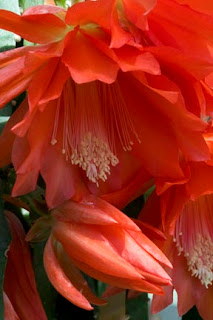Let’s take a tour of the Comstock Knoll and the Clement Gray Bowers Rhododendron Collection of the Cornell Plantations. I am a docent for the plantations and want to share a few highlights with you.
About 12,000 years ago the glaciers receded and Fall Creek carved out the surrounding area, leaving the mound that is now the knoll that houses this garden. The knoll is named after John and Anna Comstock, famous professors at Cornell University. John Henry Comstock was a professor of entomology. Anna Botsford Comstock was a professor of nature studies and wrote the Handbook of Nature Study: A Guide to the Variety and Beauty of the Natural Universe in 1911.
Dr. Clement Gray Bowers, considered a world authority on rhododendrons, bred varieties that were suitable for the cold winters in Ithaca. The knoll is a well-drained and sheltered environment that enhances a mixture of shrubs, but the rhododendrons and azaleas are the highlight at this time of year.
All azaleas are considered rhododendrons but not all rhododendrons are considered azaleas. The latter are usually deciduous and the former evergreen. The rhododendrons have 10 stamens per flower and the azaleas have only 5. Check this out on your next visit to the garden.
When visiting the knoll, you can find 302 accessioned plants that represent 123 different classifications of rhododendrons, many of which are hybrids. There are also perennial ground covers and canopy trees. I hope this information encourages you to visit the Cornell Plantations.



















































